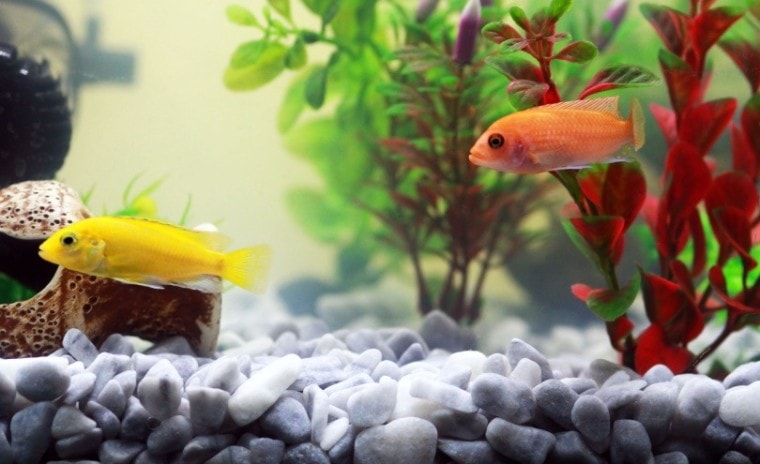
Fish keeping is a fun hobby that can be very rewarding, but challenges are to be expected. Bringing home any new creature will require time and planning, whether it’s a dog or a fish. You’ll save yourself a lot of time and money by knowing what you need to get started before you even purchase an aquarium. Here are the things you need to know about setting up an aquarium.

First Things First: Pick Your Fish
Choose the type of fish you want for your aquarium. Do as much research as you possibly can. You may start reading about a fish, only to realize it’s not for you. Some fish aren’t for beginners, some have specific tank size needs, some don’t get along with tank mates. All fish aren’t for all fish keepers, especially if you’re new to the hobby.
Where to Start?
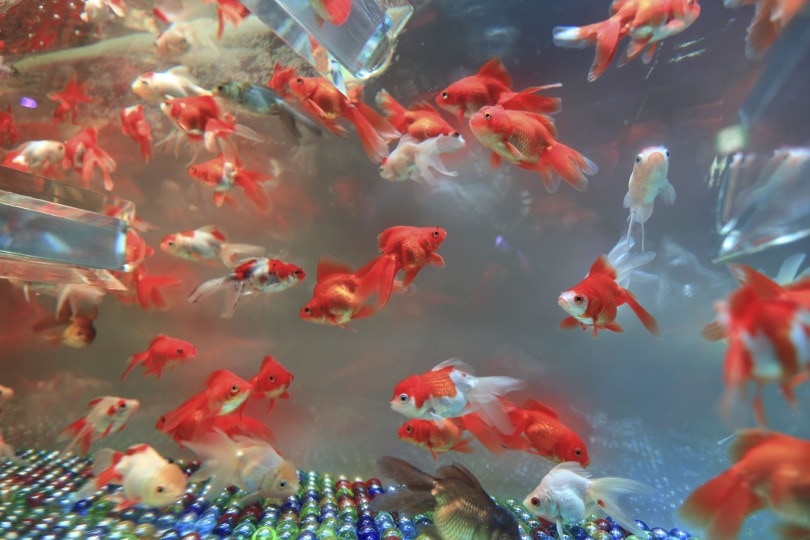
Fish like guppies and goldfish are great for new fish keepers because they are hardy, interesting, and generally can withstand a learning curve. However, guppies and goldfish are not ideal tank mates. They have different temperature preferences and goldfish will eat just about anything, including guppy fry. In fact, if your goldfish are big enough, they’ll eat your adult guppies too!
If you have no idea where to start, check out forums or even go to your local aquatic stores, look at the fish, and talk to the employees. This is really going to help you narrow down your fish preferences and help you identify fish that make good tank mates.

Now You Need an Aquarium

Once you’ve identified the type of fish you’re interested in and you’ve become acquainted with their needs, you should have a good idea of the size of tank they need. Some fish even have preferences for the shape of their tank. Weather loaches are going to have vastly different tank needs than a shoal of neon tetras.
Keep in mind that you don’t have to buy a tank right away that will suit the maximum size of your fish, but you should have a plan in mind to address a new tank when the time comes. That cute 3-inch weather loach may be a 10-inch behemoth before you know it, and that’s not even counting its friends since weather loaches prefer to be kept in groups. Don’t set yourself up to fail with your tank!

Fancy Up the Place!

Live plants are an excellent addition to an aquarium. They help to remove waste products from the water and can provide an enriching environment for your fish. However, some fish are extremely hard on live plants! You may be able to figure out how to outsmart goldfish or cichlids to prevent them from uprooting and killing every plant you place in the tank, but some fish are dead set on destroying any semblance of plant life you put in the tank.
Knowing what you’re dealing with before you buy any plants will help you decide which plants to choose. Some are hardy enough to stand up to the abuse from your fish, while other plants regenerate fast enough that your fish won’t be able to destroy all of it before it grows back.
Décor can be a fun addition to an aquarium, but it can also serve an important purpose for some animals. Some fish like to have caves or rocky outcrops to spend time in. Nocturnal fish often prefer a dark, quiet place to spend time in during the day. Long-finned fish, like fancy goldfish and bettas, usually need to have décor that doesn’t have rough or sharp edges that may snag and tear their fins. Some fish like to squeeze inside of décor but then can’t get back out without you having to crack the décor in half with surgical precision. All of these things should be considered when you’re picking tank décor.
Cycle Your Tank
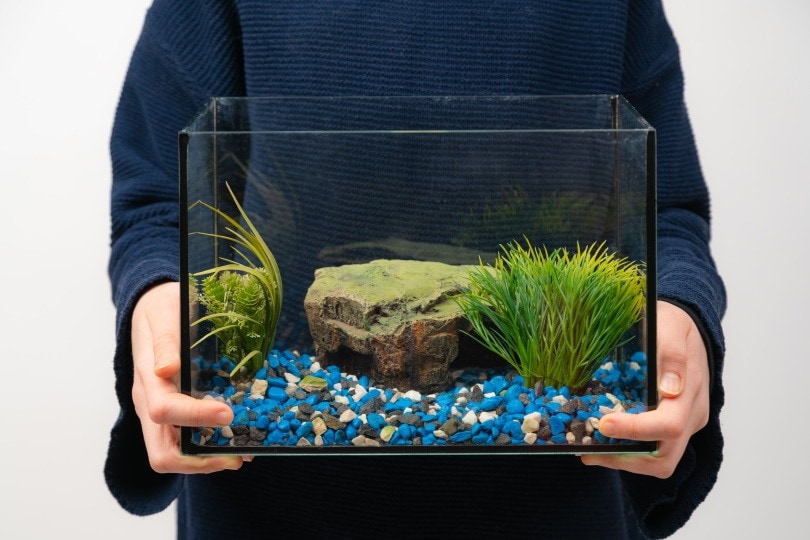
Even though people have been buying fish and tossing them straight into a new tank or bowl for centuries, we now know that’s not the best practice. Tank cycling is the process of establishing colonies of beneficial bacteria in your aquarium. Beneficial bacteria consume waste products, namely, nitrite and ammonia, converting them to nitrate, which can then be absorbed by live plants or removed with water changes.
Ammonia and nitrite both have the potential to poison your fish, leading to permanent injury and even death. Establishing a tank environment that supports your beneficial bacteria means your tank will be able to naturally maintain safe levels of waste products.
How to Cycle a Tank

There are a few ways to cycle a tank, but the two most common are to either add straight ammonia in small quantities to the tank or to drop food in the tank and allow it to rot, creating ammonia as it decays. This provides food for the beneficial bacteria, allowing the colonies to grow and thrive. You will need to invest in a test kit that checks ammonia, nitrite, and nitrate levels, and check these levels regularly while your tank is cycling. Once your tank has no ammonia or nitrite, but does have low levels of nitrate present, it’s cycled.
Of course, you’ve likely spotted the bottled bacteria or “quick start-up” products that are sold with the claim that you can immediately add fish to the tank. Some of these products are useful, but they don’t replace properly cycling your tank. If you know someone with an established tank, they may be willing to give you some used filter media to help you jumpstart your tank’s cycle. Sometimes, your local fish store will be willing to give you used filter media.

Choose the Right Filter Media
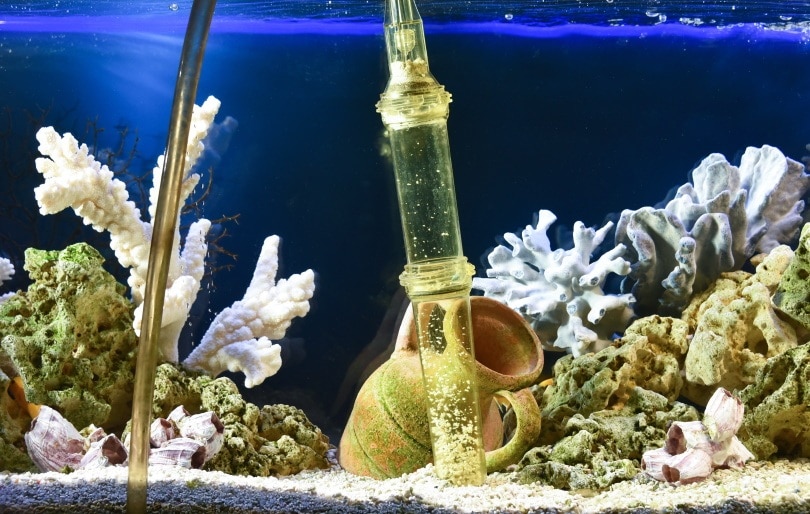
A major component of cycling a tank and maintaining that cycle is choosing filter media that provides a high surface area for the beneficial bacteria to colonize. While many filter manufacturers advise you to change cartridges out monthly or even weekly, you are removing a chunk of your good bacteria every time you replace the cartridges. Choosing long-lasting filter media that requires little to no replacement will help you maintain these colonies.

Stock Up
While you’re waiting on your tank to cycle, which can take a matter of weeks or even months, it’s a good plan to go ahead and start stocking up on aquarium supplies. Not just things like fishnets and food, but also broad-spectrum medications and water conditioners. Having these things on hand can save you time when it matters, like if you have a sick fish. It can also save you money, especially if you watch for sales and deals instead of waiting until you need the product quickly.
Ok, Now You’re Ready!
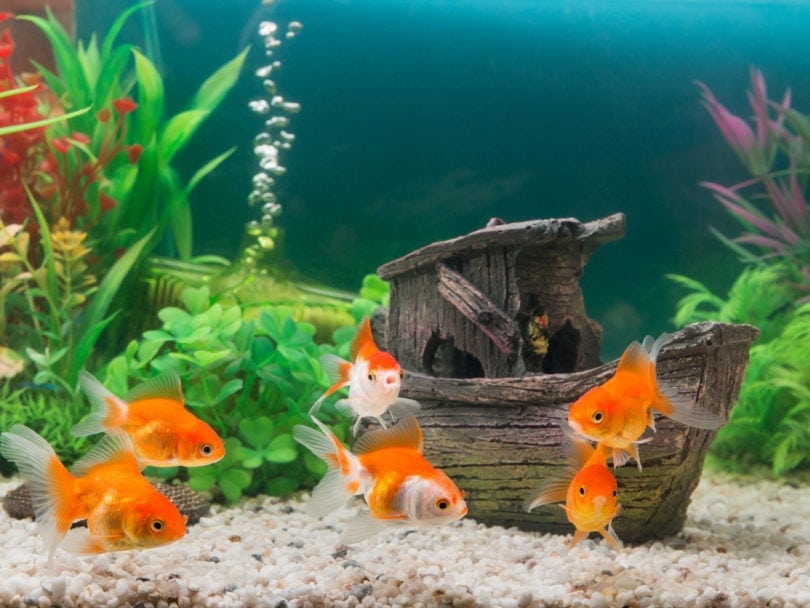
Once your tank is fully cycled and you’ve gotten stocked up on everything you need to bring your fish home, it’s time to bring the fish home! You can get fish from local aquatics stores, pet stores, or online vendors. Be prepared to prophylactically treat or quarantine your new fish in case they are coming to you after exposure to an illness or parasite. And as hard as it is, be patient! It can be disappointing to go to the store only to see they’re still sold out of the fish you want for the fourth week in a row. However, if you’ve already put all this time and planning into your tank, the last thing you want is to have to do is start over with getting your tank set up correctly for different fish.
 Conclusion
Conclusion
Setting up an aquarium and bringing your new fish home is an exciting time. Nobody will blame you for being a little bit giddy! It sounds like a lot of planning, and honestly, it is. All the effort and planning that goes into setting up an aquarium for your fish will pay off, though. Providing the best environment possible for your new aquatic friends will be rewarding and learning about each fish’s unique personality and preferences will make all the time you spent setting things up worth

.jpg)
No comments:
Post a Comment